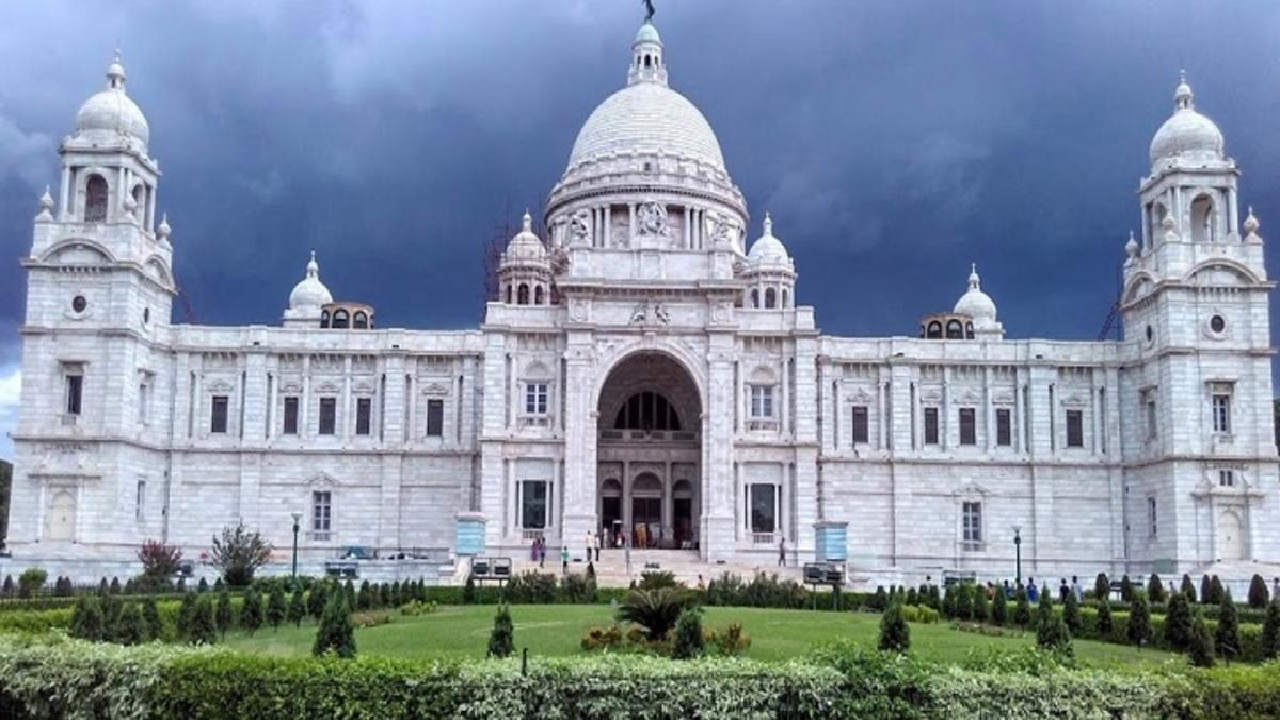Experience the Charms of Kolkata: Exploring the Top 10 Tourist Places in the City of Joy
Kolkata is the artistic, cultural and intellectual capital of the country. Kolkata's streets are vivid, hectic, chaotic, and yet, brimming with life and creativity. Making the city a must visit destination in every traveler's list.

Kolkata, is second biggest city of India. Located on India's Eastern Coast, the capital of West Bengal thrives on contradictions and imposing spectacles; nothing is commonplace in this city. Kolkata is the artistic, cultural and intellectual capital of the country. Kolkata's streets are vivid, hectic, chaotic, and yet, brimming with life and creativity.
Starting from admiring the flourishing art scene in the city to going on rewarding gastronomical explorations to wandering amidst the countless bazaars to sitting by the banks of the Hooghly and enjoying a peaceful sunset, Kolkata is full of heritage and culture, once-in-a-lifetime experience to visit this beautiful city.
Kolkata is home to Rabindranath Tagore's ancestral house, which has now been converted into a museum and houses a staggering collection of family portraits and paintings. There are plenty of ghats all over the city where you can sit and enjoy a sunset while sipping on tea, one of the most noted of these being the Prinsep Ghat, which offers stunning views of the Vidyasagar Setu.
Kolkata has a beautiful nightlife, and the entire stretch along Park Street houses innumerable bars and pubs where you can party the night away. Kolkata's street food is famous all across the country, and the city is lined with eateries and food stalls at every corner, where one can enjoy local Bengali food.
Fort William, Kolkata
The Fort William is located in the city of Kolkata, on the eastern bank of the Hooghly River. The mighty structure is spread over 70.9 acres and has hundreds of arched windows that overlook lush green gardens. Today, Fort William is the property of the Indian Army and has a capacity of accommodating up to 10,000 army personnel. It also serves as the headquarters of the Eastern Command. Due to its importance with respect to Indian intelligence, access to the interiors of the fort is limited to army personnel and their relatives.
